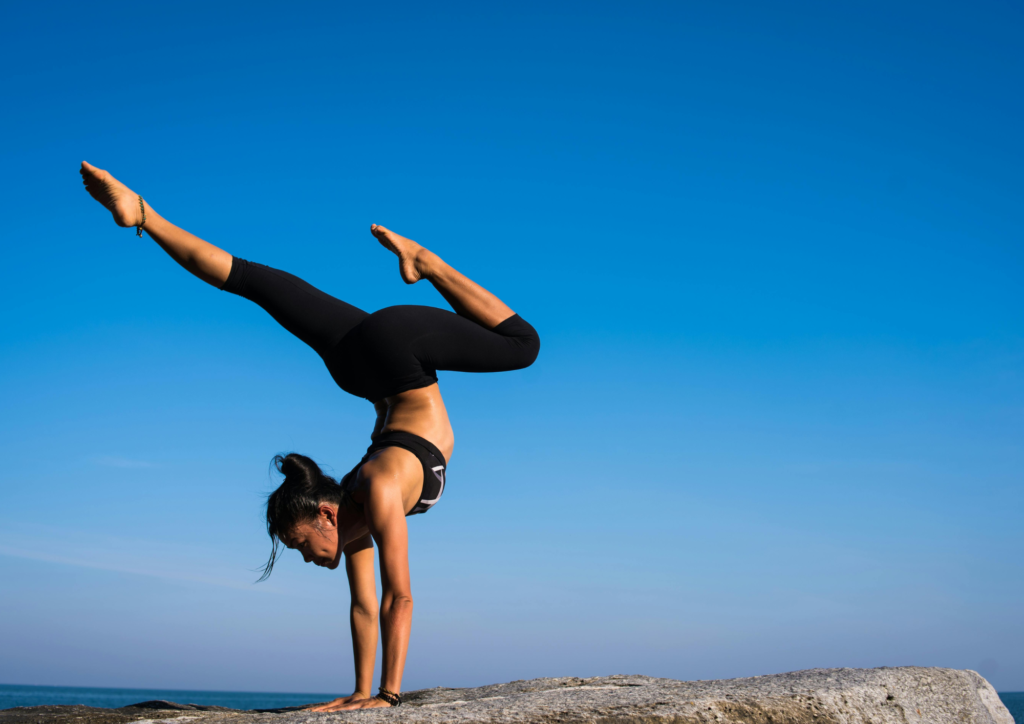Yoga has become one of the most popular ways to achieve physical fitness, mental calm, and spiritual well-being. With roots that stretch back over 5,000 years, yoga has evolved into various forms, each offering unique benefits. Whether you’re new to yoga or looking to deepen your understanding, here’s a closer look at the methods, types, philosophy, and potential risks associated with this ancient practice.
Understanding Yoga: Methods and Practice
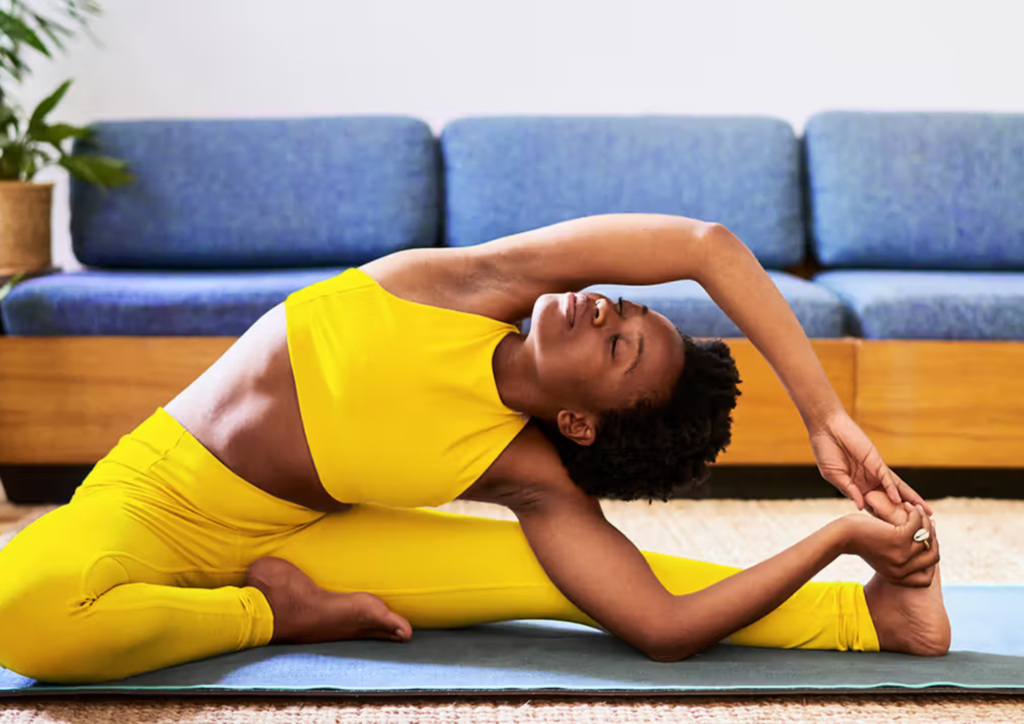
The core of yoga is a series of physical postures (asanas), breathing techniques (pranayama), and meditation practices designed to align body, mind, and spirit.
1. Asanas (Postures):
Yoga postures, or asanas, are the most recognizable part of yoga. Each pose, whether it’s a simple stretch or a complex twist, is designed to strengthen the body and increase flexibility. Common postures include Downward-Facing Dog, Warrior poses, and the Tree pose, all of which work to improve balance, endurance, and muscle tone.
2. Pranayama (Breath Control):
Breathing techniques are foundational in yoga. Practicing pranayama helps to control the breath, relax the mind, and energize the body. Techniques like alternate nostril breathing (Nadi Shodhana) or deep belly breathing (Dirga Pranayama) help reduce stress, improve concentration, and increase lung capacity.
3. Meditation and Mindfulness:
Meditation in yoga is designed to calm the mind, promote self-awareness, and help you live in the present. Methods like guided visualization, silent meditation, or focusing on a mantra help cultivate mindfulness, reduce anxiety, and improve emotional resilience.
Types of Yoga: Different Styles, Different Goals
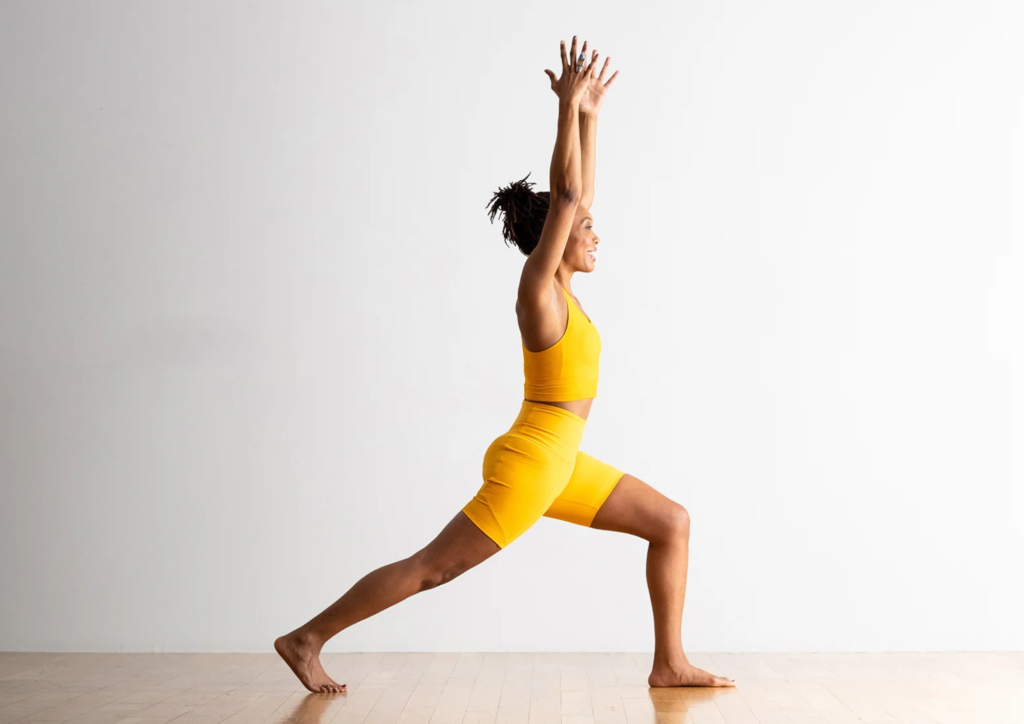
Yoga has branched into various styles, each with a unique focus and approach. Here are some popular types:
1. Hatha Yoga:
Hatha is one of the most traditional forms, focusing on gentle, slow-paced stretching and basic postures. It’s perfect for beginners who want to build strength and flexibility gradually.
2. Vinyasa Yoga:
Often referred to as “flow” yoga, Vinyasa involves flowing from one pose to the next in harmony with breath. It’s a dynamic and physically demanding style that builds strength and endurance.
3. Ashtanga Yoga:
This rigorous style involves a set series of postures performed in a specific order. Ashtanga is ideal for those looking for a disciplined, high-energy practice.
4. Bikram (Hot Yoga):
Practiced in a heated room, Bikram yoga consists of 26 specific postures. The heat encourages detoxification through sweating and enhances flexibility.
5. Yin Yoga:
Yin yoga focuses on long-held, passive poses that target deep connective tissues. It’s a calming practice that increases flexibility and promotes relaxation.
6. Kundalini Yoga:
Kundalini yoga combines chanting, breathing exercises, and dynamic postures to awaken spiritual energy within the body. It’s ideal for those interested in the mental and spiritual aspects of yoga.
The Philosophy of Yoga: Going Beyond the Physical
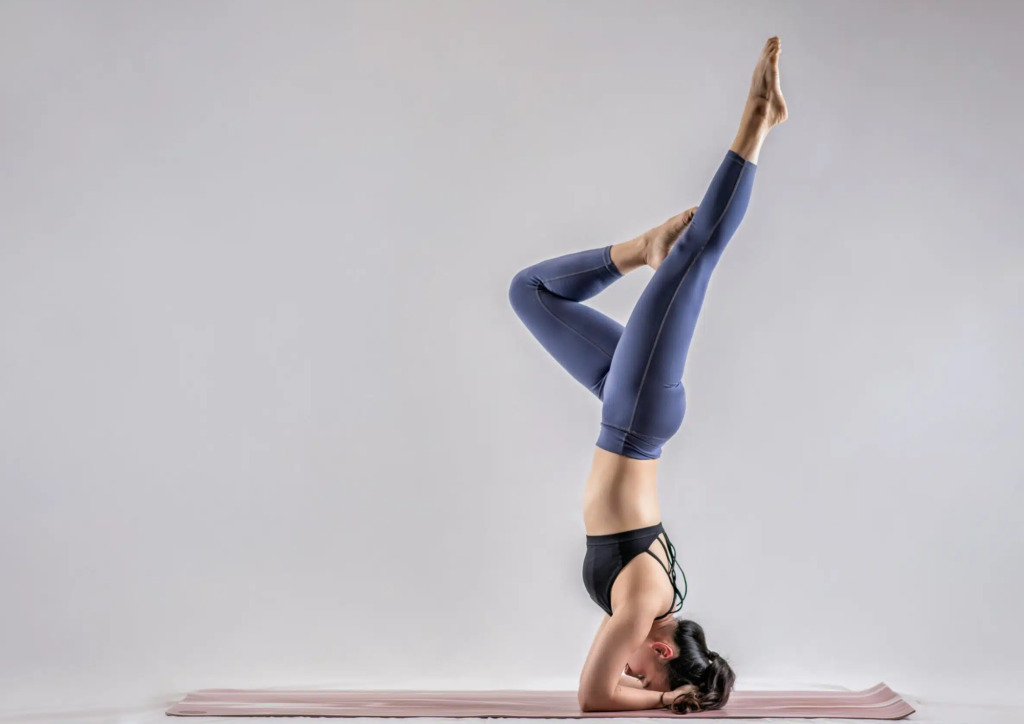
At its core, yoga is more than physical exercise; it’s a way of life. The philosophy of yoga is rooted in the idea of achieving unity between body, mind, and spirit. This philosophy is built upon the “Eight Limbs of Yoga,” a guide outlined by Patanjali, the ancient sage who compiled yoga philosophy in the Yoga Sutras. These limbs include moral disciplines, physical postures, breath control, and meditation, all intended to foster a balanced, peaceful, and enlightened life.
Yoga’s ultimate goal is self-realization, achieved by practicing mindfulness, self-discipline, and compassion. By embracing these principles, yoga practitioners strive to cultivate a deep inner peace that extends to all aspects of their lives.
Risks and Precautions: Yoga Isn’t Without Its Challenges
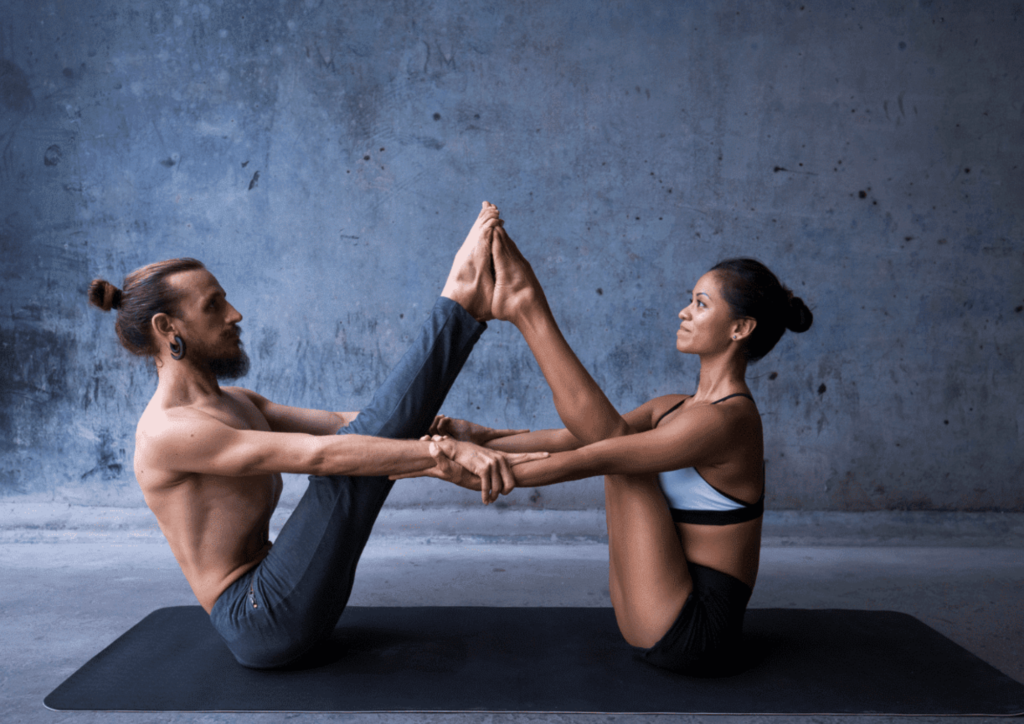
While yoga is generally safe for most people, there are certain risks, particularly when practicing advanced postures or styles without proper guidance.
- Muscle Strain and Joint Injuries:
Certain poses can strain muscles and joints if not performed correctly. Beginners are encouraged to start with basic postures and work under a certified instructor to avoid injuries. - Overstretching and Flexibility Concerns:
Trying to push beyond one’s natural range of motion can lead to overstretching, especially in styles like Ashtanga and Bikram. Practicing within your limits and using props like yoga blocks can help avoid strain. - Impact of Hot Yoga:
Practicing in a heated room, as with Bikram, poses risks such as dehydration or heat exhaustion. Staying hydrated and listening to your body are essential for safe practice. - Heart and Blood Pressure Concerns:
Some yoga poses, like inversions, may not be suitable for people with high blood pressure or heart conditions. Consulting a doctor before starting any intensive yoga practice is advisable.
Yoga as a Path to Holistic Wellness
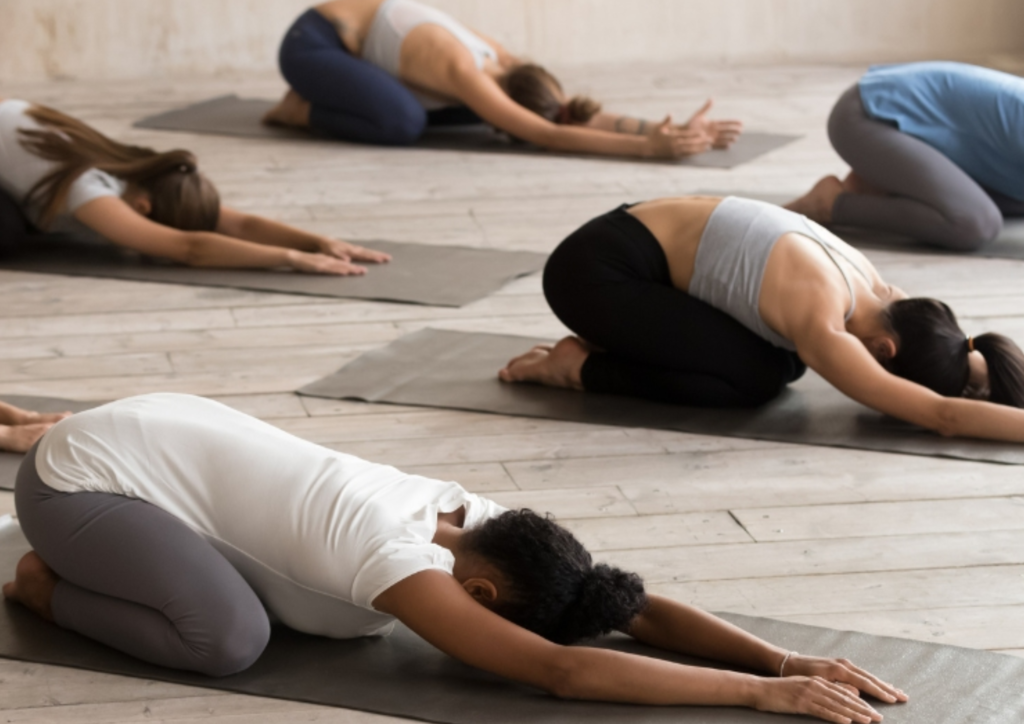
Yoga offers a multifaceted approach to wellness, blending physical, mental, and spiritual elements. From Hatha’s gentle stretches to the rigorous pace of Vinyasa and the spiritual focus of Kundalini, there’s a style suited for everyone. Embracing yoga with mindfulness and caution can provide life-changing benefits, improving your strength, focus, and inner peace.
Whether you’re drawn to yoga for fitness or seeking a deeper connection with yourself, this ancient practice offers a transformative journey towards holistic well-being.
PRODUCT LINK :

